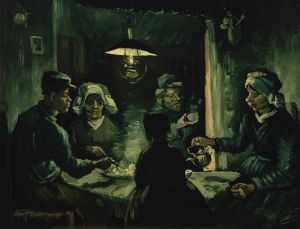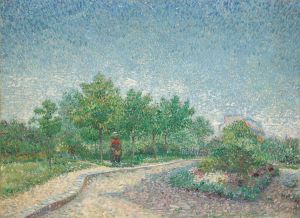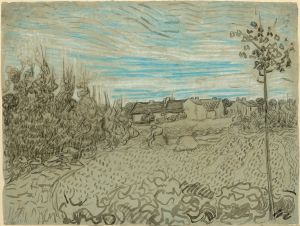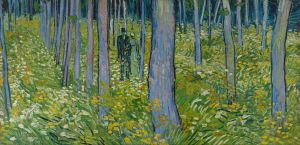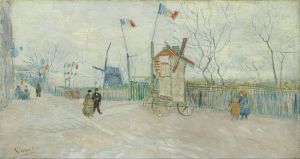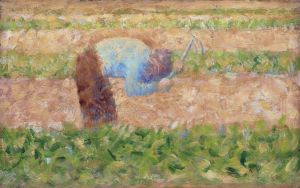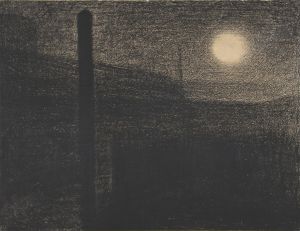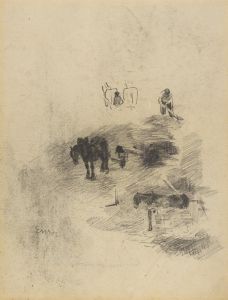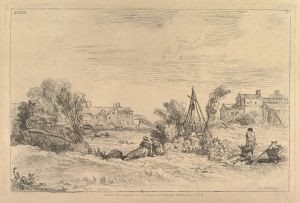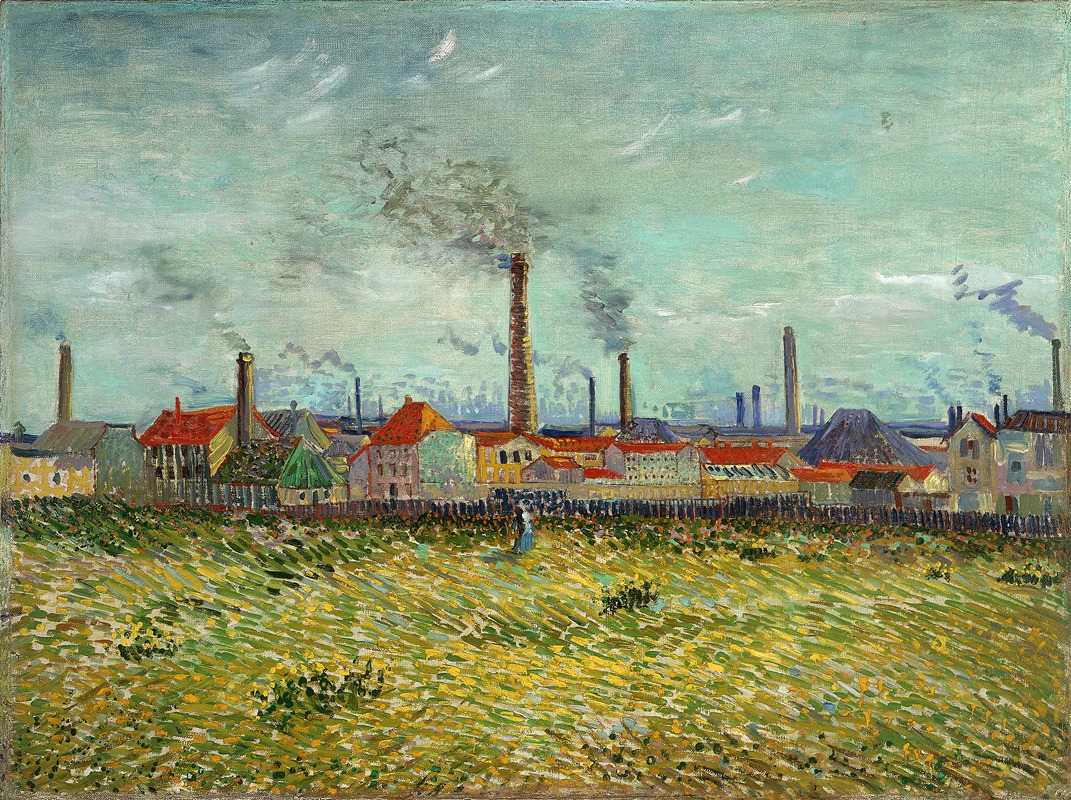
Factories at Clichy
A hand-painted replica of Vincent van Gogh’s masterpiece Factories at Clichy, meticulously crafted by professional artists to capture the true essence of the original. Each piece is created with museum-quality canvas and rare mineral pigments, carefully painted by experienced artists with delicate brushstrokes and rich, layered colors to perfectly recreate the texture of the original artwork. Unlike machine-printed reproductions, this hand-painted version brings the painting to life, infused with the artist’s emotions and skill in every stroke. Whether for personal collection or home decoration, it instantly elevates the artistic atmosphere of any space.
"Factories at Clichy" is an oil painting created by the renowned Dutch artist Vincent van Gogh in 1887. This work is part of Van Gogh's Paris period, a time when he was deeply influenced by the vibrant art scene of the French capital and was experimenting with new techniques and styles. The painting depicts an industrial landscape in the suburb of Clichy, located just outside Paris, which was known for its factories and working-class neighborhoods during the late 19th century.
In "Factories at Clichy," Van Gogh captures the essence of the industrial age with a composition that features factory buildings, chimneys, and the surrounding environment. The painting is notable for its use of color and brushwork, which reflect Van Gogh's transition from the darker palette of his earlier works to the brighter, more vivid colors that characterize his later pieces. This shift was influenced by his exposure to Impressionism and Neo-Impressionism during his time in Paris, where he interacted with artists such as Paul Signac and Georges Seurat.
The painting's composition is structured with a focus on the geometric forms of the factory buildings, which are rendered in bold, expressive strokes. Van Gogh employs a dynamic use of color, with contrasting hues that bring a sense of vibrancy and movement to the industrial scene. The sky is painted in shades of blue and white, while the buildings and chimneys are depicted in earthy tones, creating a harmonious balance between the natural and man-made elements of the landscape.
"Factories at Clichy" is significant not only for its artistic qualities but also for its reflection of the socio-economic changes occurring during Van Gogh's time. The industrial revolution was transforming the landscape of Europe, and artists like Van Gogh were beginning to explore these themes in their work. By choosing to depict a factory scene, Van Gogh was engaging with contemporary issues and expanding the traditional boundaries of landscape painting.
This painting is part of a series of works Van Gogh created during his Paris period, where he explored various urban and suburban scenes. These works demonstrate his evolving style and his interest in capturing the modern world around him. "Factories at Clichy" exemplifies Van Gogh's ability to infuse everyday subjects with emotional depth and artistic innovation.
Today, "Factories at Clichy" is held in a private collection, and it continues to be studied and admired for its contribution to Van Gogh's oeuvre and its representation of the industrial landscape. The painting is a testament to Van Gogh's unique vision and his ability to find beauty and meaning in the changing world of the late 19th century.







